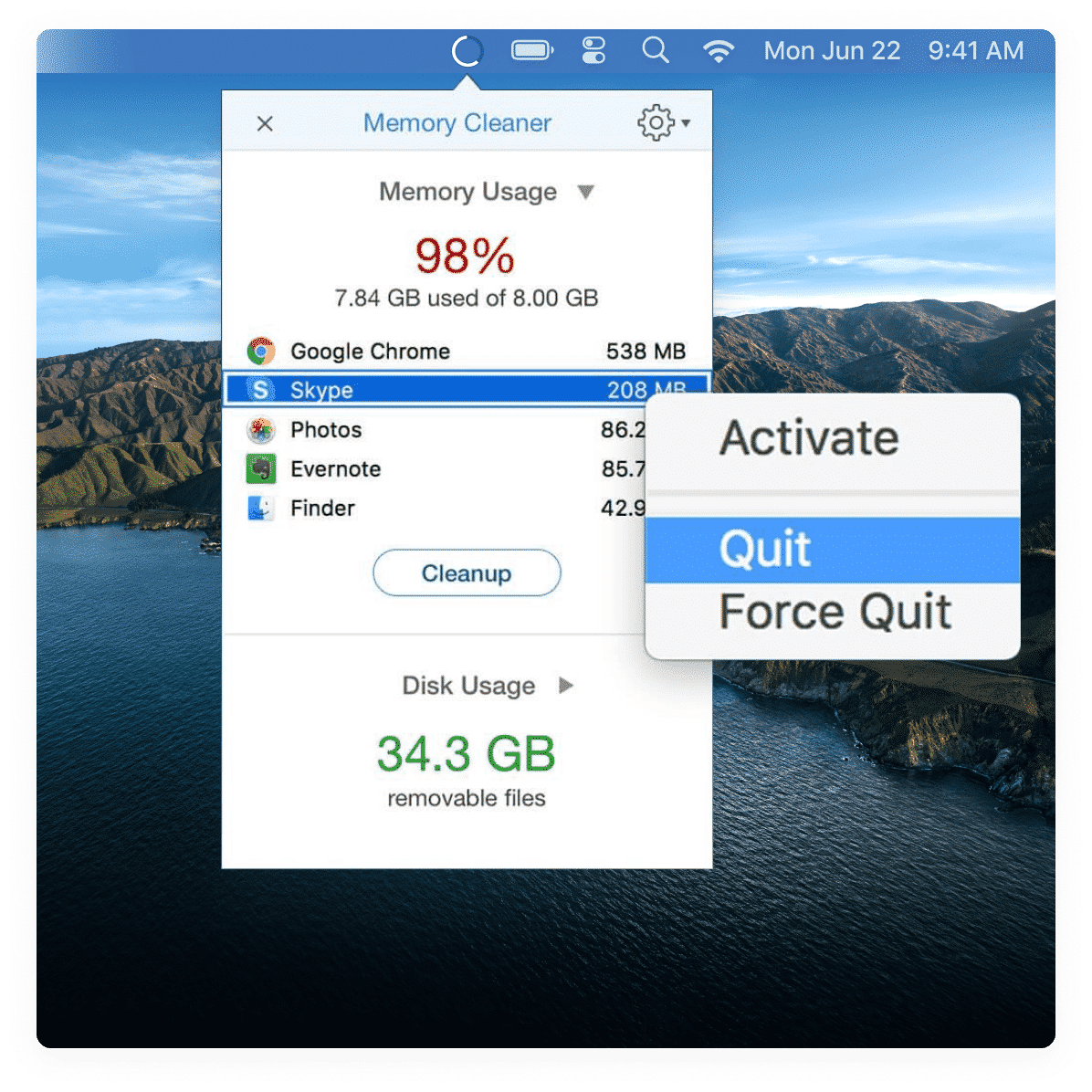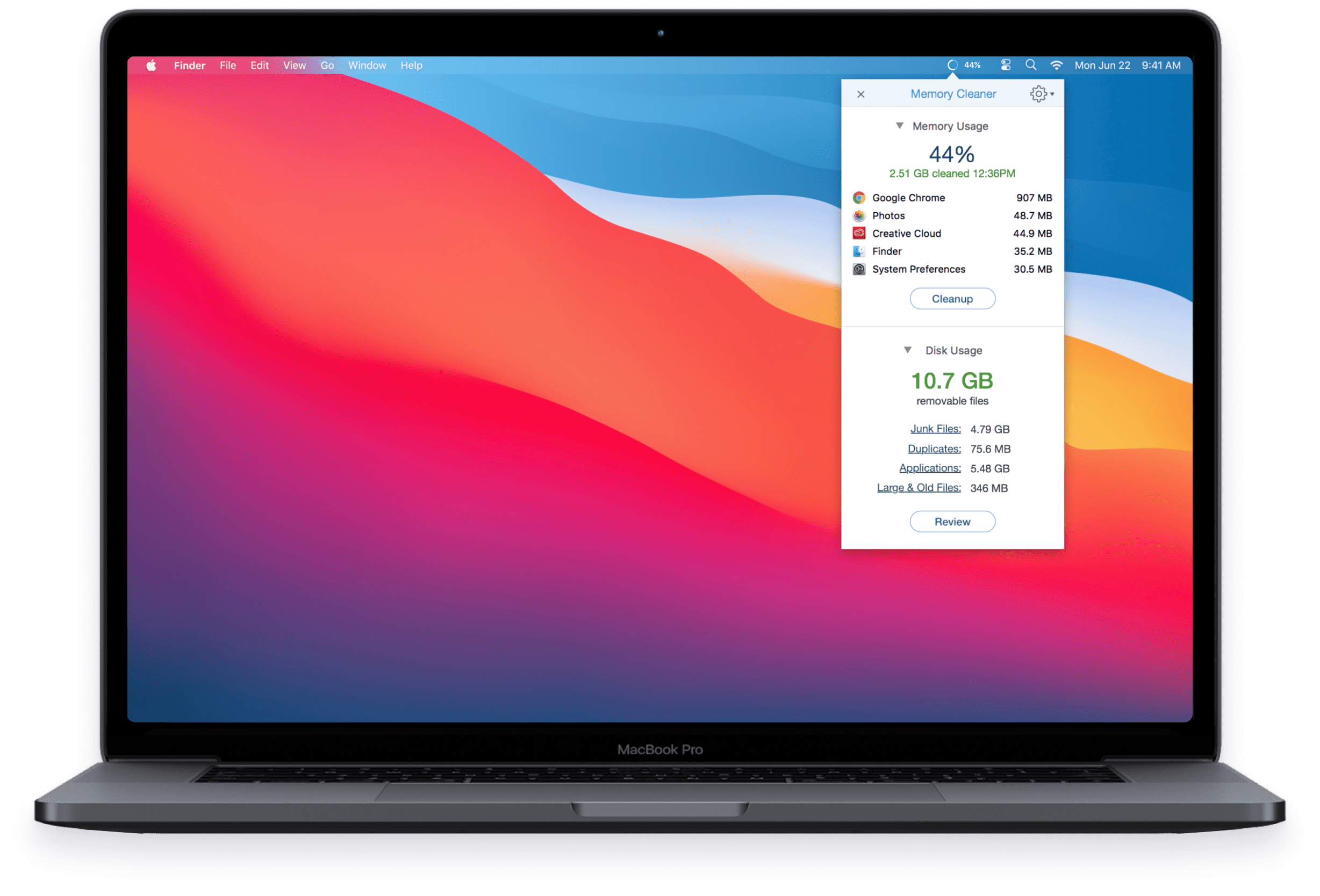

How to check CPU usage in Activity Monitor If you look at the Dock you’ll notice that some apps have a dot below their icon – these apps are open. If you glanced at Activity Monitor and noticed that certain apps appeared to be hogging resources even though you weren’t using them – maybe you didn’t even realise they were running, you may benefit from closing them down.Įven if you don’t look in Activity Monitor, a quick glance at your Dock could identify a few running apps that you could quit, thereby freeing up some resources. Note: You shouldn’t close a process if you don’t know what it is as it may be required by your Mac. But if you were to quit a Photoshop process the application itself will close (and you’ll probably see a ‘closed unexpectedly’ warning. If it’s a web page causing issues rather than quit your browser it will just close and reload that page. Alternatively you can shut down a process easily by selecting it in Activity Monitor and then clicking on the X which will force a process to quit.Force Quit could be useful if the app has frozen. After clicking Quit you will see a message asking if you are sure you want to quit this process.If you want to quict the app in this window you can just click on Quit. This will give you some information about what is happening, including the memory being used by that particular process. When you have identified a suspect app, select it and click on Information (i) in the menu.This will make it easier to see which process or app is hogging the RAM. Click the Memory column to sort processes by Memory usage.


How to use Activity Monitor to free up RAM


 0 kommentar(er)
0 kommentar(er)
